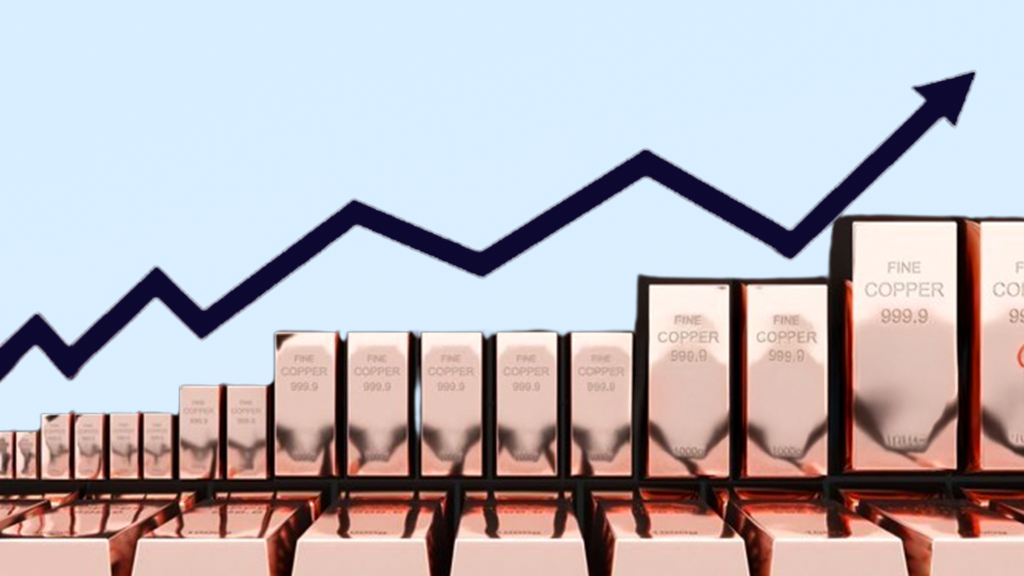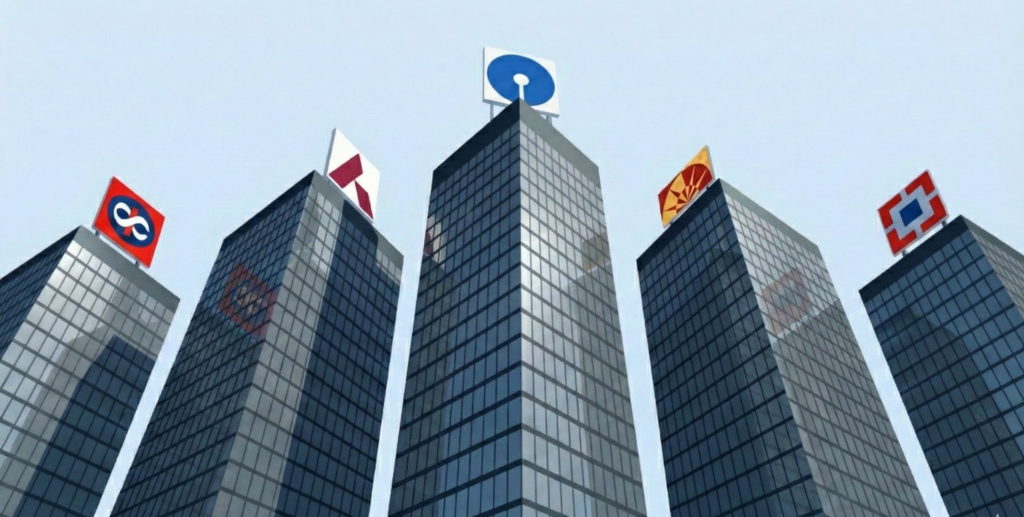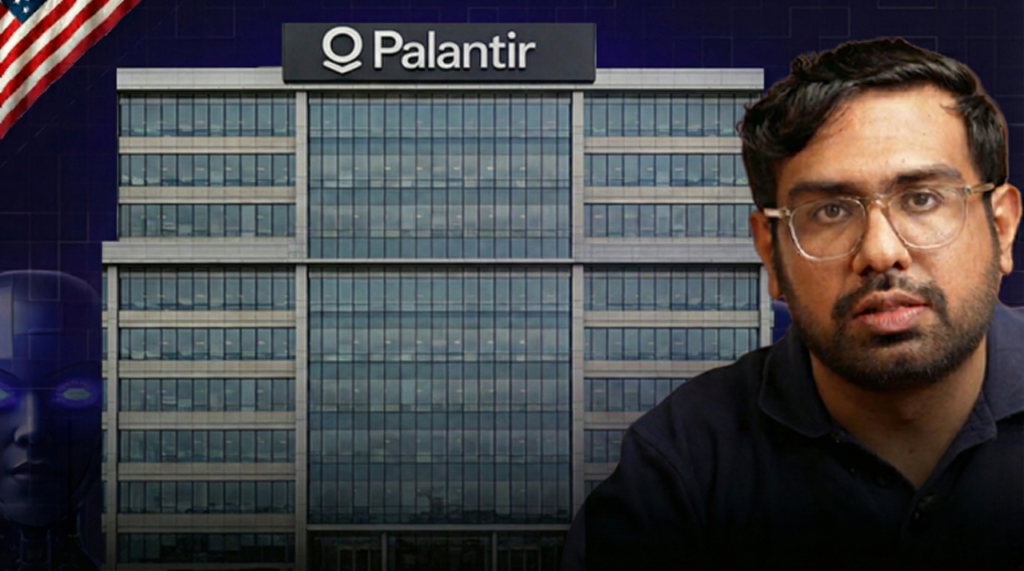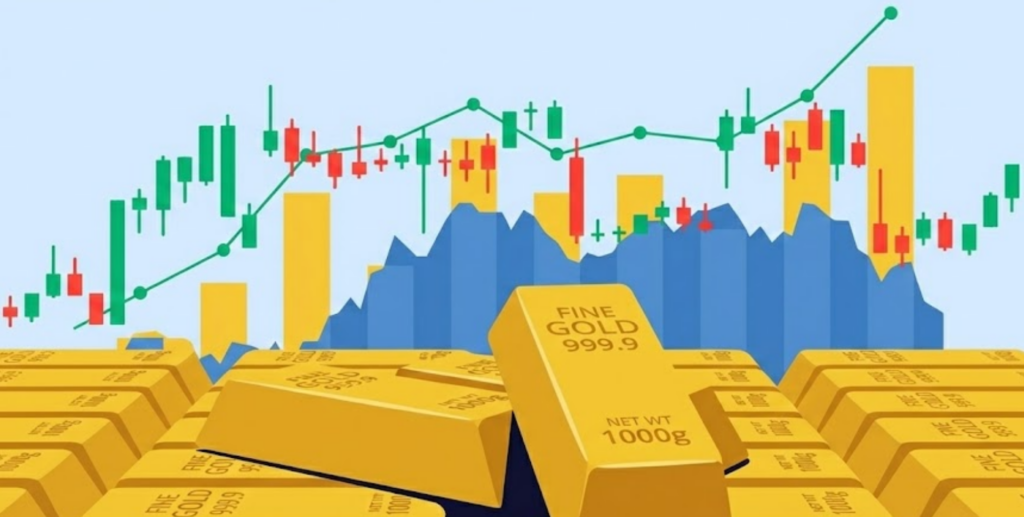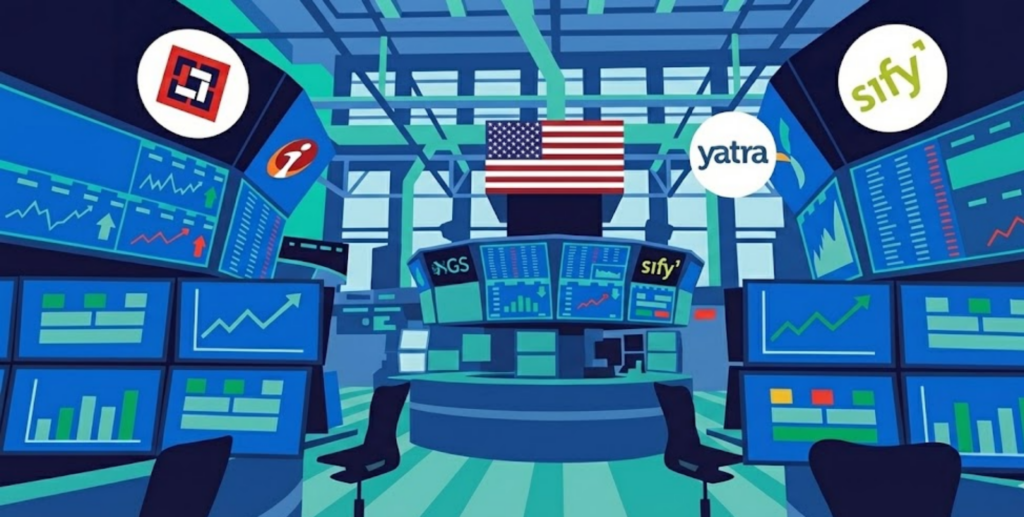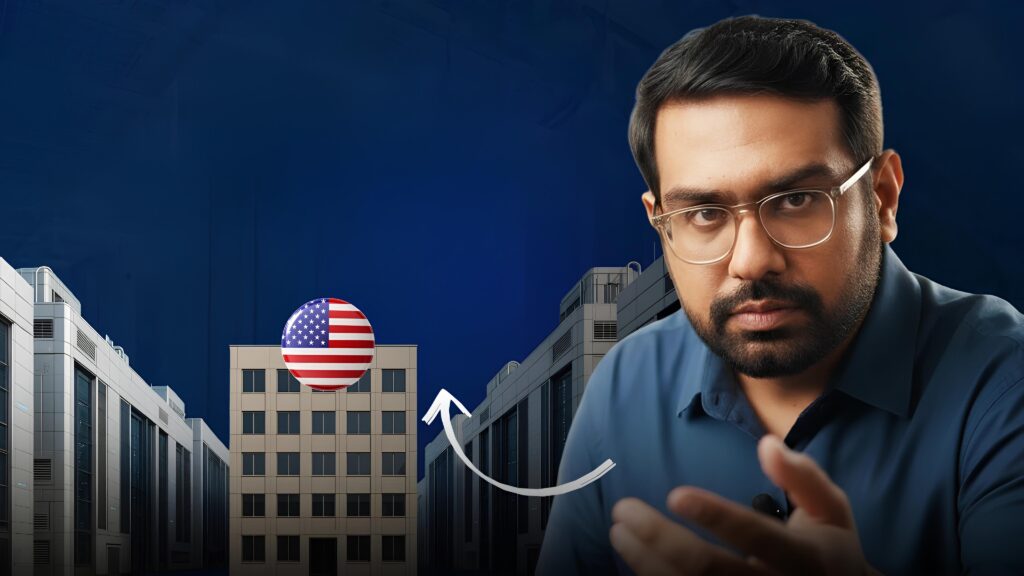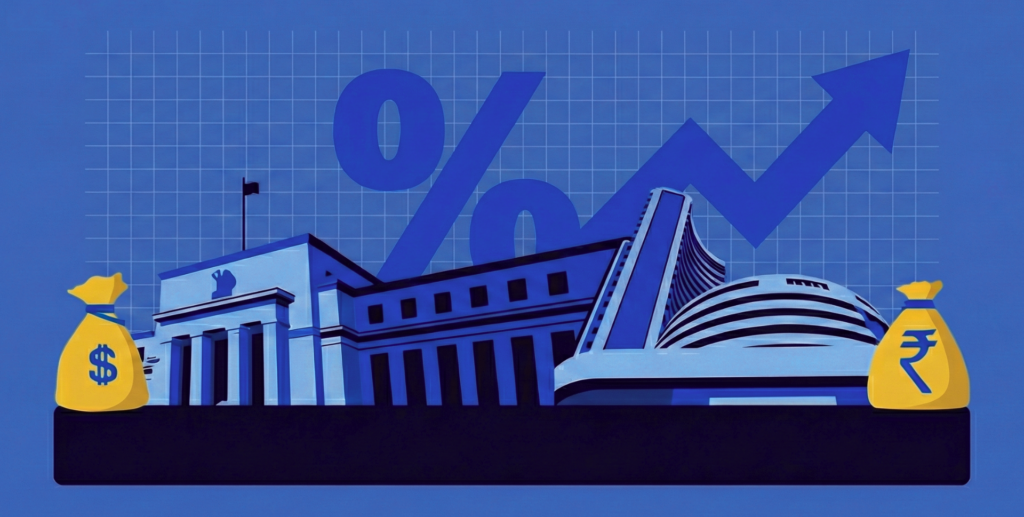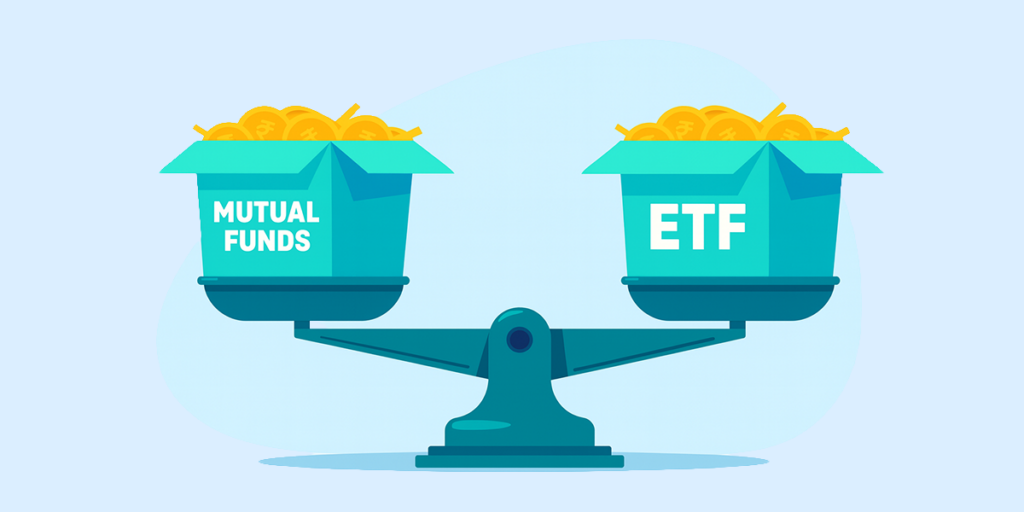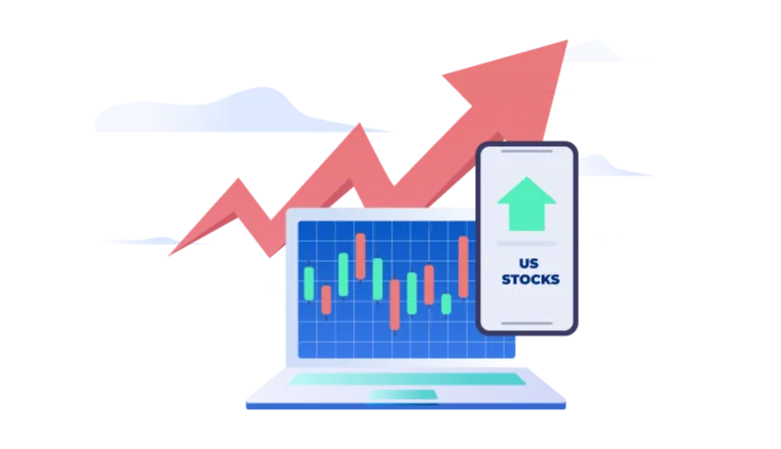Copper futures exploded to a record $5.69 per pound this week after President Trump announced a 50% tariff on copper imports—the largest intraday surge since 1989.
Copper drives the global economy. It powers electrical grids, enables telecommunications, and forms the backbone of industrial machinery. As the world electrifies transportation and digitizes everything, copper demand is accelerating. The US imports over 50% of its copper, with Chile supplying 38% of those imports. Trump’s tariff highlights a critical vulnerability: America has copper reserves but lacks the smelting and refining capacity to process them.
For investors looking to tap into this trend, platforms like Appreciate now make it easier than ever for Indian investors to gain exposure to global commodities, including copper, via ETFs listed in the US and other international markets.
What Are Copper ETFs?
Copper ETFs are investment funds that track copper prices or copper-related companies. They trade on stock exchanges like individual stocks, giving investors exposure to copper without buying physical metal or researching mining companies.
ETFs pool investor money to purchase underlying assets—copper stocks, futures contracts, or physical metal. You buy shares representing a portion of the fund’s holdings. When copper prices rise, your ETF shares typically increase in value.
Unlike ETNs (exchange-traded notes), ETFs own actual assets. ETNs are debt instruments issued by banks—essentially IOUs. During financial stress, ETFs offer better protection because they hold real copper-related investments.
Types of Copper ETFs
Physical Copper ETFs hold actual copper metal in warehouses. These are rare because storing copper is expensive and logistically complex. Storage costs eat into returns, making physical copper ETFs less attractive than alternatives.
Copper Miners ETFs invest in companies that extract and process copper. These include giants like Freeport-McMoRan, BHP, and Glencore. Mining ETFs amplify copper price movements—when copper rises, mining company profits surge. When it falls, they crash harder.
Futures-Based Copper ETFs use copper futures contracts to track metal prices. They don’t own physical copper but hold financial agreements to buy or sell copper at specific prices and dates. This provides direct price exposure without storage costs.
Leading Copper ETFs in 2025
| ETF Name | Ticker | Expense Ratio | About the ETF | Price (USD) | YTD Returns (%) |
United States Copper Index Fund | CPER | 1.06% | Tracks copper futures for direct commodity exposure. | $34.00 | 34.28% |
| Global X Copper Miners ETF | COPX | 0.65% | Broad global copper miners equity exposure. | $18.93 | 14.25% |
| iShares Copper & Metals Mining ETF | ICOP | 0.47% | Diversified copper and metals mining exposure. | $29.52 | 14.31% |
| Sprott Copper Miners ETF | COPP | 0.65% | Combines copper miners with physical copper. | $22.68 | 10.05% |
Updated Date – 16 July 2025
Recent Developments in the Copper Market and ETFs (2024–2025)
- Copper Price Rally: Copper prices surged over 20% in 2025 before this week’s tariff-driven explosion. The metal rebounded from earlier sell-offs and reached pre-April levels, setting the stage for record highs.
- Supply Constraints: Global supply chains are tightening. The 50% tariff announcement created immediate market chaos. Morgan Stanley analysts expect higher US copper prices as import costs surge, though they warn this could be temporary as domestic inventory builds.
- Electrification & Green Transition: Copper demand will surge 70% to 50 million tonnes by 2050 as three mega-trends converge: electrification, digitalization, and emerging market growth. China and India consume 74% of global copper, driving infrastructure and renewable energy projects.
- ETF Innovation: The Sprott Copper Miners ETF (COPP) offers unique exposure combining mining stocks with physical copper. This hybrid structure positions it for supply bottlenecks while maintaining direct metal access.
- Policy & Geopolitics: Trump’s tariff reflects national security concerns about copper import dependency. The White House called global copper competitors a “direct threat” to economic stability. US domestic copper production declined 3% in 2024, increasing reliance on imports.
- Long-Term Outlook: Mining consultant Juan Carlos Guajardo told Bloomberg prices will rise “significantly” because markets expected lower tariff rates. Bernstein analysts predicted rising prices through year-end even before the tariff announcement.
Why Invest in Copper ETFs?
- Diversification: Get exposure to multiple copper-related investments without picking individual stocks. Mining ETFs spread risk across numerous companies and geographic regions.
- Ease of Access: Trade like stocks on major exchanges. No need to research individual mining companies, store physical copper, or understand futures markets. One purchase gives broad copper exposure.
- Cost Efficiency: Most copper ETFs charge under 1% annually, significantly cheaper than actively managed commodity funds. Lower fees compound over time for better long-term returns.
- Inflation Hedge: Copper typically rises with inflation as industrial demand increases. The metal’s broad industrial applications make it less speculative than precious metals.
- Growth Potential: Electric vehicles use three times more copper than gas cars. AI data centers will boost copper consumption six-fold as electricity demand doubles globally. Infrastructure spending in emerging markets adds another demand layer.
Risks and Considerations
- Volatility: Copper prices swing wildly on economic data, Fed policy, and geopolitical events. This week’s 13% intraday surge shows how quickly prices can move.
- Market Risk: Supply and demand imbalances, trade policies, and currency fluctuations all affect copper prices. China’s economic health significantly impacts global copper demand.
- No Physical Ownership: ETF investors don’t own actual copper. You own shares in a fund that owns copper-related assets. This adds a layer between you and the commodity.
- Company-Specific Risks: Mining ETFs face operational problems, environmental incidents, labor disputes, and regulatory changes. Individual company issues can affect fund performance regardless of copper prices.
- Regulatory & Geopolitical Factors: Tariffs reshape market dynamics overnight, as this week proved. Political instability in major producing countries like Chile and Peru can disrupt supply chains.
Conclusion
Copper ETFs provide a gateway to one of the most important commodities of the 21st century. This week’s explosive rally—driven by a 50% US import tariff—has only spotlighted the growing strategic importance of copper in electrification, digital infrastructure, and national security.
With platforms like Appreciate, Indian investors can now access international ETFs—including those focused on copper—at the tap of a button. As demand surges and supply chains tighten, exposure to copper could be a powerful way to participate in the global energy and technology transition.
But as with any investment, understand the risks, weigh your options, and align your copper ETF choices with your long-term goals. The metal of the future is already reshaping today’s markets—and it’s more accessible than ever.
Disclaimer: Investments in securities markets are subject to market risks. Read all the related documents carefully before investing. The securities quoted are exemplary and are not recommendatory.

